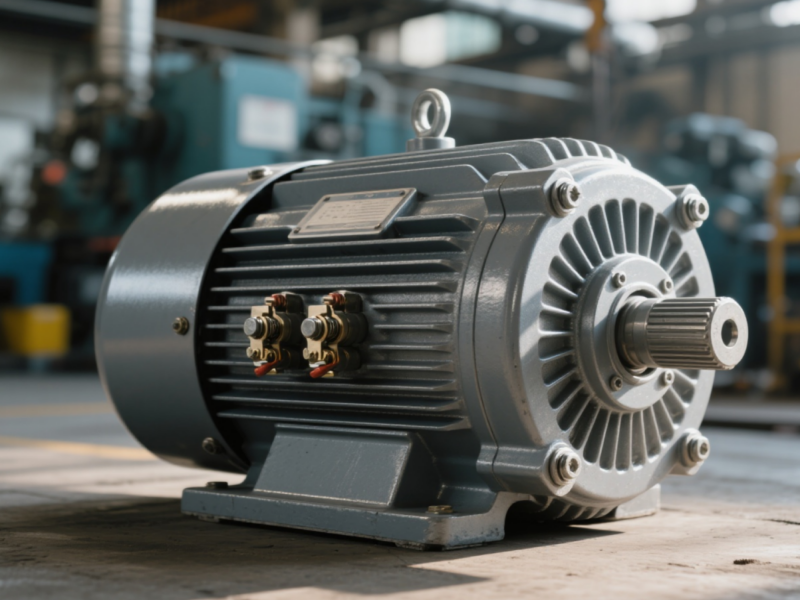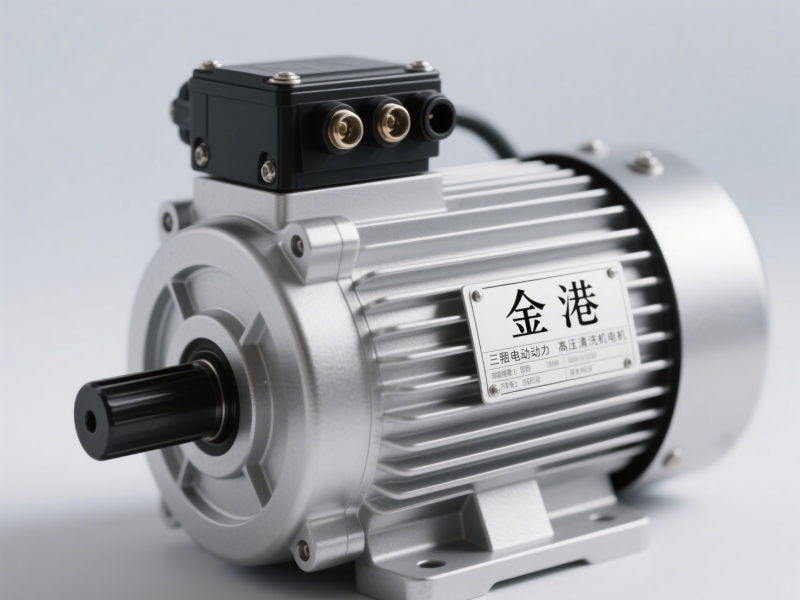What impact do motor power and pressure adaptation have on the cleaning effect of a high-pressure washer?
The matching of motor power and pressure is the core logic chain that determines the cleaning effect of a high-pressure cleaner. Motor power is the “power source” and pressure is the “execution carrier.” The matching degree between the two directly determines whether the cleaning machine can effectively complete core tasks such as “decontamination, stripping, and flushing.” The specific impact can be expanded from five key dimensions. At the same time, we must be vigilant against the negative effects of “power and pressure mismatch”:
Core Influence: Power and Pressure Compatibility Determine the “Upper Limit of Cleaning Capacity”
The essence of a high-pressure cleaner is that a motor drives a pump head to compress water, converting electrical energy into pressure and kinetic energy. The power-pressure compatibility directly determines the impact strength of the water flow, which in turn affects cleaning performance.
1.Light dirt removal (such as loose dust and surface oil): Low power → low pressure adaptation
Requirements: Motor power 0.75kW-3kW (primarily single-phase), corresponding pressure 50bar-150bar, flow rate 5L/min-15L/min.
Cleaning performance: This power-pressure combination provides moderate water flow impact, allowing the “water coverage + light flushing” method to remove loosely adhered dirt (such as dust on home balconies, dust on vehicle surfaces, and light oil stains in small restaurant kitchens).
Performance: Gentle dirt removal without damaging the surface being cleaned (such as car paint, glass, and tiles). Suitable for applications requiring surface protection. Its low power consumption also makes the device portable and energy-efficient.
2.Moderate dirt removal (e.g., stubborn oil stains and oxide layers): Medium power → medium pressure adaptation
Requirements: Motor power 3kW-7.5kW (single-phase or three-phase), corresponding pressure 150bar-300bar, flow rate 15L/min-25L/min.
Cleansing performance: With increased power, the pump head can compress water at a higher pressure. The kinetic energy of the water flow is sufficient to “strip” firmly attached dirt (e.g., oil stains on vehicle chassis in auto repair shops, light oxide layers on factory equipment, and stubborn stains on the inside of municipal waste bins).
Effectiveness: Significantly improved dirt removal efficiency (cleaning time is reduced by 30%-50% compared to low-pressure operation). The nozzle angle can be adjusted to optimize performance, balancing efficiency and surface protection.
3.Heavy-duty cleaning scenarios (such as thick scale, rust removal, and concrete roughening): High power → high pressure adaptation
Requirements: Motor power 7.5kW~200kW+ (mainly three-phase), corresponding pressure 300bar~1000bar+, flow rate 25L/min~100L/min+.
Cleansing performance: High power drives a large-scale, high-pressure pump (such as a plunger pump). The generated high-pressure water flow has a “cutting-level” impact force, directly “breaking” or “stripping” highly adherent contaminants (such as thick scale in industrial pipes, mill scale on ship decks, roughening bridge concrete surfaces, and cured resin on mold surfaces).
Performance: Extremely strong cleaning capacity, replacing traditional inefficient methods like manual scraping and sandblasting. It can penetrate deep into crevices (such as between equipment bolts and on pipe walls), achieving “high efficiency and depth” cleaning. However, care should be taken to select the appropriate pressure (excessive pressure may damage the metal substrate).
Key Derivative Impact 1: Cleaning Efficiency
The power and pressure match not only determines “cleaning efficiency,” but also “cleaning speed and coverage.” Higher power typically requires a higher pump head flow rate:
Low power – low pressure: Low flow rate (e.g., 5L/min-10L/min) and narrow coverage range per nozzle, suitable for small areas and low-frequency applications.
High power – high pressure: High flow rate (e.g., 30L/min-50L/min). Combined with a wide fan nozzle, a single nozzle can cover 10-20 square meters per minute, making it suitable for industrial-grade, large-area, continuous applications (e.g., municipal road washing and factory assembly line equipment cleaning).
Key Derivative Impact 2: Cleaning Depth and Crevice Penetration
For dirt trapped in crevices (such as gaps between equipment heat sinks, pipe walls, and bolt threads), surface cleaning alone is insufficient. Instead, high-pressure water flow’s penetrating power is required. This penetration is directly determined by the power-pressure ratio:
Low power – low pressure (<150 bar): The water flow has weak penetrating power and can only clean the surface. Dirt trapped in crevices (such as oil stains on heat sinks and dust from window moldings) requires manual wiping, failing to achieve a complete clean.
Medium-high power – medium-high pressure (>200 bar): The water flow forms a high-speed jet that can penetrate tiny crevices (0.1mm-1mm) and directly flush out internal dirt (such as scale on the inner walls of industrial heat exchanger pipes and oil stains in engine block crevices). This achieves a deep clean without disassembling the equipment, reducing maintenance costs.
Key Derivative Impact 3: Controlling Surface Damage Risk
“Improper power-pressure matching” is the core cause of surface damage during cleaning and should be considered in conjunction with the material being cleaned:
Improper matching (excessive power → excessive pressure):
When cleaning car paint (pressure tolerance ≤ 80 bar), using a 300-bar high-pressure stream directly will directly wash away the paint;
When cleaning glass (pressure tolerance ≤ 100 bar), excessive pressure may cause cracking;
When cleaning aluminum alloy components (pressure tolerance ≤ 150 bar), excessive pressure may remove the protective oxide layer on the surface, causing corrosion.
Proper matching (matching power and pressure to the material tolerance):
When cleaning metal substrates (such as stainless steel equipment), a pressure of 200-300 bar is suitable for efficient dirt removal without damaging the substrate;
When cleaning plastic and rubber components (such as washing machine drums and plastic pipes), a low pressure of 50-80 bar is suitable to avoid deformation or cracking.
Extreme Scenario: Insufficient Power Leads to “False Pressure” and Ineffective Cleaning
Some low-end cleaning machines are labeled “high pressure” (e.g., 150 bar) but are equipped with low-power motors (e.g., 1.5 kW). In actual operation, this power is insufficient to drive the pump head to the specified pressure, resulting in “false pressure” and significantly reduced cleaning performance:
Marked at 150 bar, the actual pressure is only 80 bar. When cleaning stubborn oil stains, the water flow is insufficient, requiring repeated flushing, resulting in extremely low efficiency.
During extended operation, the motor overheats due to “overloading the pump head,” frequently triggering overload protection and shutting down, preventing continuous operation and further reducing cleaning efficiency.
This type of “power-pressure mismatch” results in far inferior cleaning performance to low-pressure machines with “power-pressure matching” (e.g., a 1.5 kW motor adapted to 80 bar pressure, which, despite the lower pressure, provides stable operation and more reliable cleaning results).




